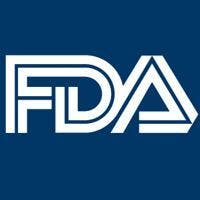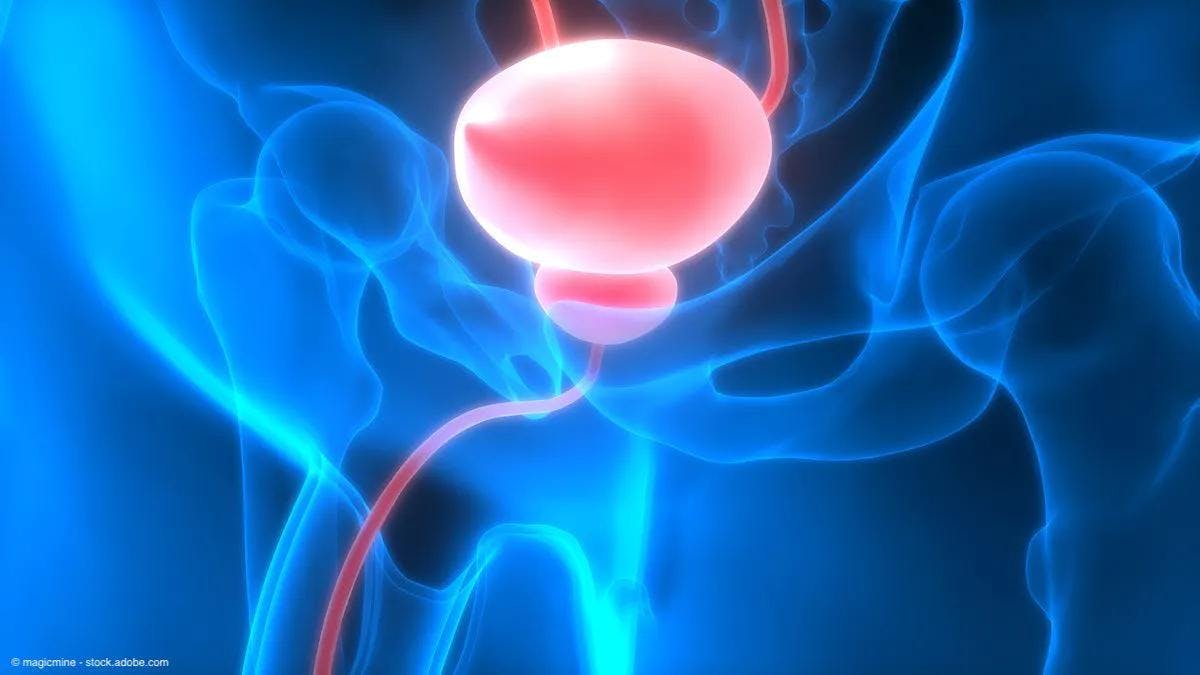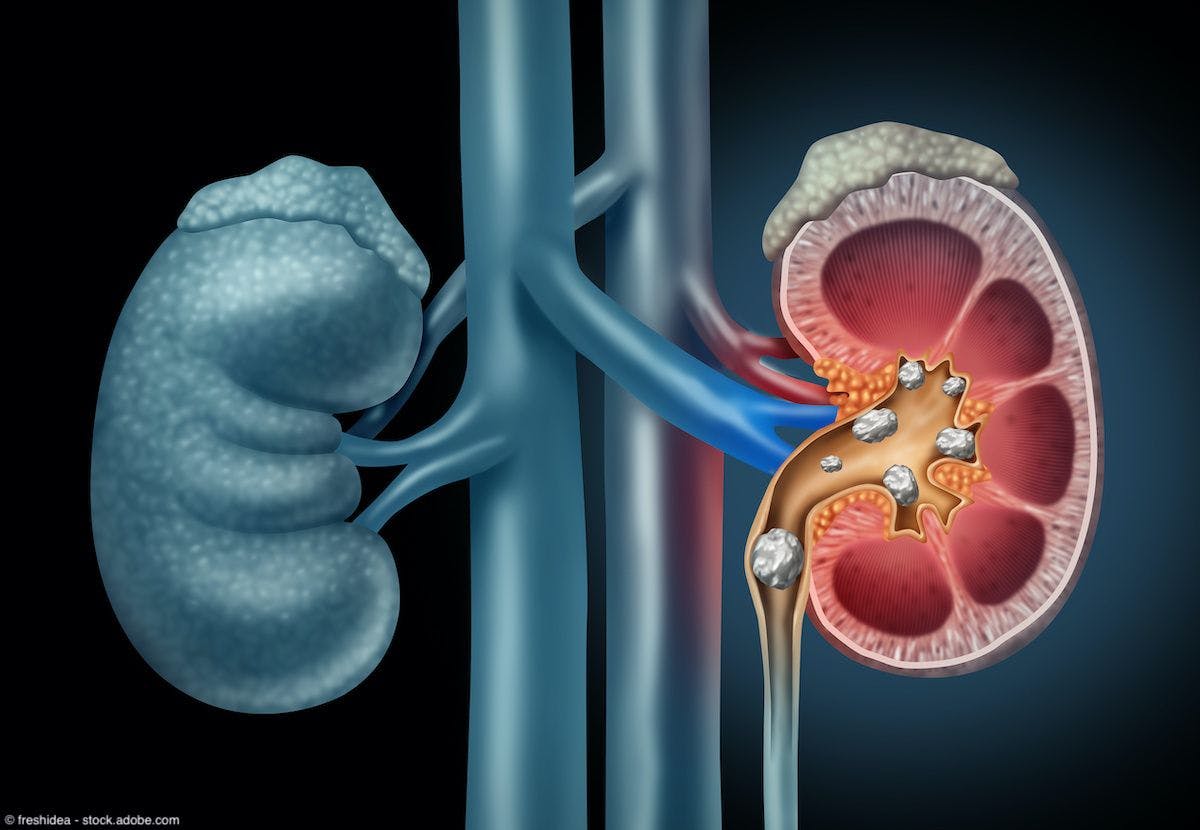Commentary
Article
Urology Times Journal
Enhancing Oncology Model: The blueprint for value-based care for specialists?
Author(s):
"The EOM may facilitate success for its oncology participants by reducing reporting burdens, simplifying requirements, and offering potentially large bonus payments for lowering costs," writes Robert A. Dowling, MD.
Robert A. Dowling, MD

Health policy makers have had their eyes on transitioning from fee-for-service reimbursement models to value-based alternatives for years. Most of the attention in this area is focused on federal spending on Medicare beneficiaries. The Centers for Medicare & Medicaid Services (CMS) includes an Innovation Center (the Center for Medicare & Medicaid Innovation, or CMMI) responsible for developing and testing new payment models, and some of these models include commercial payers and Medicaid. Several of these models have been implemented but are no longer active—including the Oncology Care Model (OCM)—and lessons learned during these projects have implications or relevance beyond the narrow domain of the model. CMMI recently implemented a follow-on model to OCM termed the Enhancing Oncology Model (EOM). In this article, I will explain the basics of EOM and why urologists should pay attention.
First, let’s look at the model’s progenitor, OCM, which involved over 200 oncology practices in 33 states and more than 4500 providers, and touched 1 in 4 Medicare fee-for-service beneficiaries who received chemotherapy over the model’s 6-year run. The goal of the model was to improve the quality of care for those patients at a lower cost (to Medicare) by providing payment incentives that encouraged accountability by the practices.1 Those incentives included a monthly payment (to offset practice costs of participation), and a performance payment if quality and cost targets were met or exceeded. The principal metrics were based in 6-month episodes triggered by treatments including oral cancer drugs, systemic chemotherapy, and injectable hormone therapies. The model was closed in 2022 and was evaluated by many audiences, including CMMI themselves. They concluded: First, the cost of a treatment episode in OCM was significantly less than the cost in a comparison episode outside OCM. However, these savings did not offset the incentive payments (monthly payments plus performance rewards) by Medicare, resulting in a slight net loss.
Second, savings were concentrated in a few areas: Almost 50% of the payment reductions achieved came from more cost-conscious use of supportive agents for nausea, neutropenia, and bone health, and most of the savings were in lymphoma, colorectal cancer, high-risk breast cancer, and lung cancer episodes.
Third, there were significant disparities in health equity and patient outcomes for underserved populations. Finally, although improvements in practice-reported quality measures improved over the model span, there were no improvements in patient-reported outcomes or claims-based quality metrics.2 These findings helped inform the design of the model’s successor, EOM.
In a separate report, CMMI also summarized the feedback from providers and staff who participated in OCM. Some practices reported that the model allowed them to improve some elements of care delivery in the practice, including faster phone triage, expanded same-day and after-hours care, more robust navigation, and more information for patients about their out-of-pocket costs. At the same time, practices were challenged and concerned by the requirement to accurately estimate out-of-pocket costs for the patient. Some practices focused on costs they could directly affect, such as avoiding emergency room visits and using biosimilar or generic drugs where possible. Practices told CMMI that data analyses provided during the model period were difficult to interpret and did not change care. Finally, some reported that efforts to standardize care as part of participation helped move the practice toward improved contracts with other payers; at the same time, large practices often faced barriers to standardization, including disparate information systems.3 Again, CMMI incorporated this feedback in its new model, EOM.
According to CMMI, the purpose of EOM is “to drive transformation in oncology care by preserving or enhancing the quality of care furnished to beneficiaries undergoing treatment for certain cancer types, and with the expectation that such transformations will reduce Medicare expenditures”4 The model is very similar to OCM, with a few key differences. First, EOM has made improvements in health equity an objective that is central to the model. Second, EOM is narrower in scope than OCM and will focus on the sickest beneficiaries with 7 cancer types receiving systemic chemotherapy; prostate cancer is one of those types. Third, EOM will gradually implement patient-reported outcomes as part of the model and calculations. Also, the monthly payment for EOM is $70 per beneficiary—less than half that in OCM; in another nod to the underserved population, practices can receive an additional $30/month/beneficiary for dual-enrolled individuals. Finally, EOM requires that participating practices assume downside risk and gives 2 options (more risk, less risk).
EOM went live with 44 participating oncology practices in July 2023. Here is how the model will work for those participants and their patients: Treatment episodes will be triggered by initiation of chemotherapy and run for 6 months in 7 cancer types: breast cancer, chronic leukemia, small intestine/colorectal cancer, lung cancer, lymphoma, multiple myeloma, and prostate cancer. Episodes are attributed to a provider and in turn, the group practice with which they are affiliated based on straightforward rules. The practices must implement “participant redesign activities” (PRAs) that include 24/7 access for patients, navigation, a standardized Institute of Medicine Care Management Plan for each patient, screening for health-related social needs using a validated tool, implementation of electronic Patient Reported Outcomes using certified electronic health record technology, and utilizing data for quality improvement. Quality will be measured using claims, survey instruments, and practice-reported data (limited). The first performance period will end on December 31, 2023, and 8 successive 6-month performance periods will follow (over 5 years).
Payment methodology for EOM is based on the concept that episode costs can be measured and compared to predictable, risk-adjusted benchmarks. Those benchmarks are informed by publicly available data from baseline periods in the past. For example, from the latest available baseline period information (January 1 to June 30, 2020) there were 18,755 episodes of prostate cancer with an average total expenditure of $49,700/episode. The average cost of a multiple myeloma episode in the same period was about $89,000.5 (Costs included in the episode are Medicare Parts A and B, certain Part D costs [including 80% of the gross drug cost above the out-of-pocket threshold], and the $70 monthly EOM payment). CMMI applies a complicated prediction model based on these historical periods, trends in costs since then, and adjustments for practice experience, clinical factors (such as metastatic or receptor status), and whether (costly) novel therapies were used to arrive at a benchmark price. The sum of all benchmark prices for attributed episodes is the benchmark amount to which the practice’s actual total expenditures are compared. In each of the 6-month performance periods, a practice will either earn a performance-based payment (actual expenditures under target), be subject to a performance-based recoupment (actual expenditures over threshold), or neither (neutral).
EOM participants must choose 1 of 2 financial arrangements: In the first, the maximum upside (stop gain) is 4% and maximum downside is 2% (stop loss) of total expenditures; in the second, the stop gain is 12% and stop loss is 6%. Participation in EOM earns favored status in the Quality Payment Program as well; risk arrangement 1 qualifies as a Merit-based Incentive Payment System alternative payment model (MIPS APM) and risk arrangement 2 as an advanced APM.
The EOM has elements that are directly relevant to urology and could foreshadow value-based care in the specialty. The evaluation and treatment of patients with genitourinary cancers have long been the purview of urologists, and that care increasingly involves expensive procedures and medicines. For example, the average cost of enzalutamide (Xtandi) is over $12,500/month. Urologists use expensive supportive therapies like denosumab (Xgeva) for bone health. Some urology practices are employing medical oncologists and other urology practices are infusing chemotherapy themselves. Urologists are the primary physicians for many patients with socioeconomic needs and have a front-row seat to health care inequities. They deal with patients with multiple, but identifiable, chronic conditions. Urologists are implementing navigation and other PRAs outside models that compensate them for doing so. They send patients to the ER and some of those trips involve preventable costs. In summary, there are many opportunities for urologists to participate in a model similar to EOM that rewards them for creating efficiencies, improving outcomes, and decreasing costs.
The bottom line and why it matters
The Enhancing Oncology Model is the latest innovative model launched by CMMI on the journey to value-based care. Building on the OCM experience involving a significant number of Medicare fee-for-service beneficiaries, the EOM may facilitate success for its oncology participants by reducing reporting burdens, simplifying requirements, and offering potentially large bonus payments for lowering costs. Urologists may want to pay attention to this experiment, which may reveal important lessons for the future.
References
1. Oncology Care Model. Centers for Medicare & Medicaid Services. Updated May 31, 2023. Accessed August 25, 2023. https://tinyurl.com/mvkwant5
2. Oncology Care Model (OCM): evaluation of performance periods 1 to 9: findings at a glance. Centers for Medicare & Medicaid Services. Accessed August 25, 2023. https://tinyurl.com/hy96p8wj
3. Evaluation of the Oncology Care Model: Participants’ perspectives. December 2021. Accessed August 25, 2023. https://tinyurl.com/2p9ej683
4. Enhancing Oncology Model. Centers for Medicare & Medicaid Services. Updated August 24, 2023. Accessed August 25, 2023. https://tinyurl.com/y2mrs8vd
5. Enhancing Oncology Model: EOM Technical Payment Resources (XLS). Centers for Medicare & Medicaid Services. Updated August 24, 2023. Accessed August 25, 2023. https://tinyurl.com/y2mrs8vd































